Ma Rainey’s Black Bottom at the National Theatre
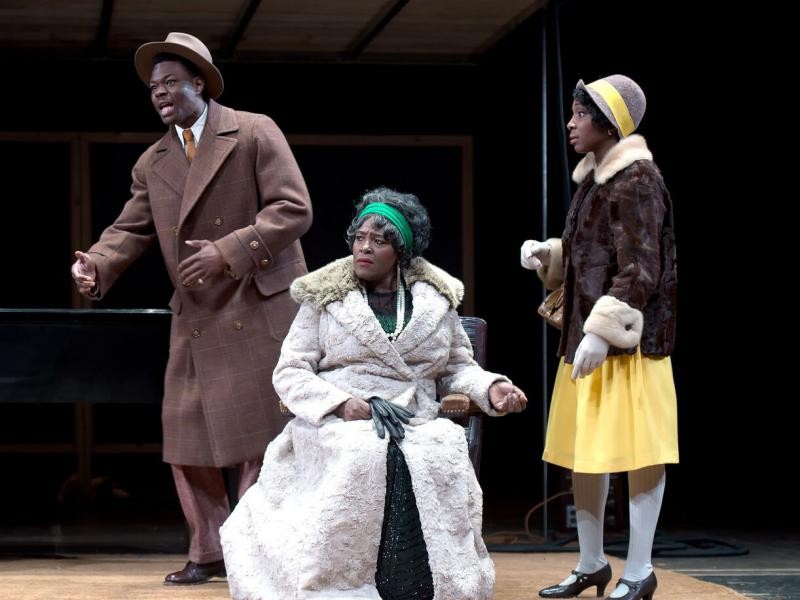
Almost 30 years after its UK premiere at the National, August Wilson’s award-winning play returns for a triumphant revival. Exploring race, exploitation and the importance of the blues in 1920s America, it’s a powerful story that has the audience on its feet by the end.
Under Dominic Cooke’s masterful directing, Ma Rainey’s Black Bottom fizzes along as tensions mount and eventually spill over. In a Chicago recording studio, Ma Rainey is locked in a power struggle with the white music execs who she knows just want to capture her voice, package it up and sell it for their own profit. In the rehearsal room below, the ambitions of precocious young trumpeter Levee – sick of playing Ma’s Southern “jug band music” – threaten to derail the recording session.
Just as he did with the brilliant Clybourne Park, Cooke harnesses the power of the play’s language and allows it to fly. In the first half, most of the drama is verbal and contained within the rehearsal room, as the band members banter and philosophise. All four actors give fantastic individual performances and are also believable as a tight-knit band (some of them playing their own instruments). They bring Wilson’s clever and often very funny dialogue to life; Lucian Msamati is particularly superb as Toledo, the despondent voice of intellect.
Sharon D Clarke brings a phenomenal vocal talent as the imposing “mother of the blues”. When she finally nails the perfect recording of Black Bottom, it’s a treat to hear her belt it out – it’s just a shame we don’t get to hear even more of her voice. Irvin (Finbar Lynch) and Sturdyvant (Stuart McQuarrie) make an incredibly funny double act as the increasingly despairing music executives, trying to juggle Ma Rainey’s demands. And Tamara Lawrence has an instinctive command of movement as the flirtatious Dussie Mae – the object of both Ma and Levee’s attentions.
The costumes – from Dussie’s vivid, canary yellow dress to Levee’s pin-sharp suit – perfectly evoke the period. Ultz’s industrial design doesn’t quite capture the intimacy of a recording studio, but suspending the control room over the main action is a clever touch, adding to the comic effect as Sturdyvant booms his commands down to Ma, and highlighting the separation of the white executives from the dramas unfolding beneath them.
Ma Rainey’s Black Bottom is the third play in Wilson’s ten-play Pittsburgh Cycle, all depicting the African-American experience through the 20th century. It will be fascinating to see if the National’s production inspires more of these to be brought back to life.
Alexandra Newson
Ma Rainey’s Black Bottom is on at the National Theatre from 3rd February until 18th May 2016. Book your tickets here.

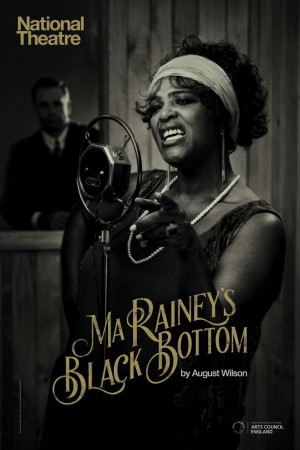

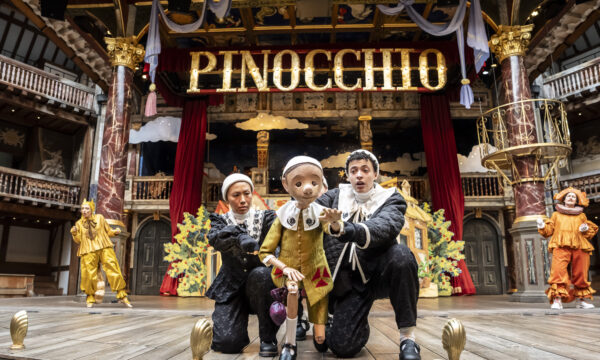
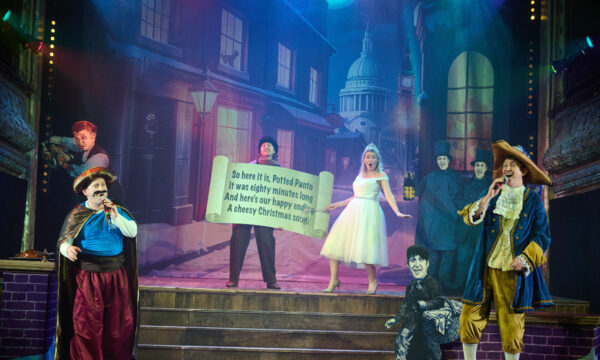

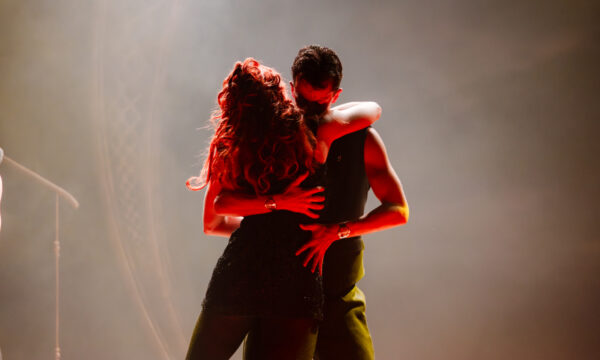

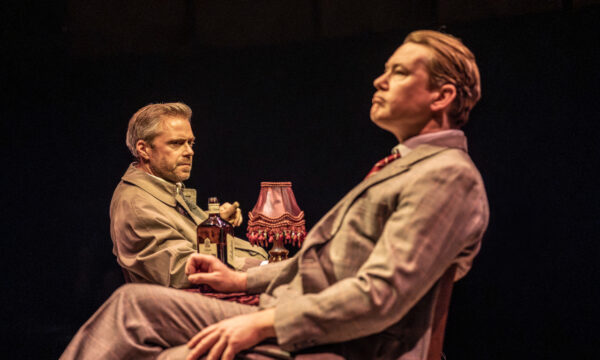
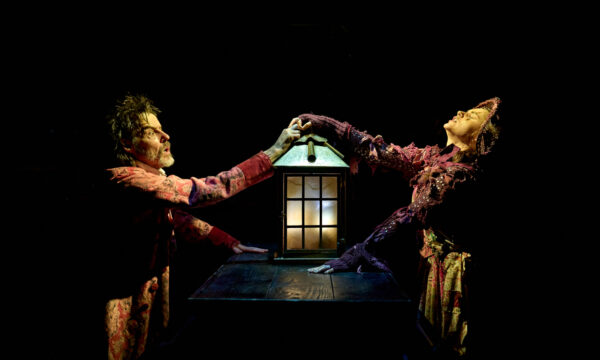
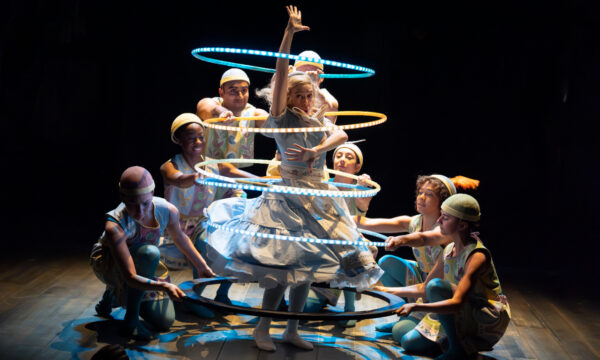

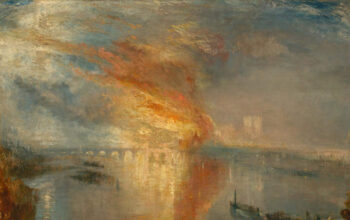













Facebook
Twitter
Instagram
YouTube
RSS